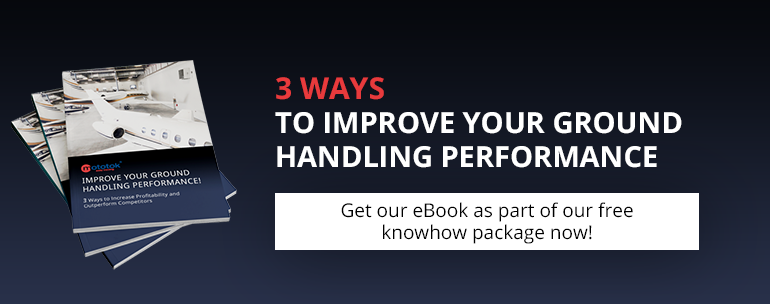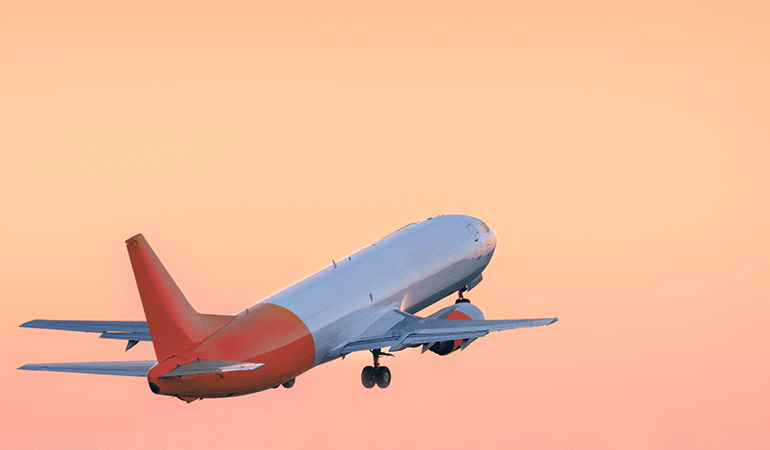After months (maybe years) of careful consideration, planning, saving, and some fretting, you or your company has decided to take a huge leap and purchase a corporate aircraft. “Corporate jet” sounds awfully alluring, doesn’t it? But is a jet really the best choice for your needs? Will a turboprop fit your needs at a reduced cost? What is in your geographic landscape? Do you have a capable airport for a jet, when turboprops require considerably less runway length?
And those are just the preliminary questions. You have to consider a brokerage firm, escrow, insurance, aircraft valuation, price negotiations, and a lot more. We are going to take a look at each of these parts of the financing process for aircraft purchase and ownership.
Consider the follow-up costs of purchasing an aircraft
Conducting good research to determine the right aircraft for your operation is really important to the process because not all things are as they seem. For instance, the purchase price of turboprop may be a lot lower than a comparable jet, but the jet might be a better fit your your needs. Jets do consume a higher rate of fuel, but the tradeoff is 50+ knots higher cruise and an additional 11,000’ in altitude which allows you to get above the weather, alleviating a lot of course deviations hence fuel savings.
If your business travel involve routinely shorter distances (less than 200nm-400nm), the turboprop is probably a good choice; jets must get up in the higher flight levels to optimize efficiency and never realize those gains at shorter distances. The other drawback for jets is that they usually require about 30% more runway length than turboprops. Most turboprops can operate off of ~2,000’ runway which allows them to operate out of the majority of public airports. They are also not nearly as sensitive as jets to airport surface which are un-maintained.
Sticker prices of new aircraft are pretty close between comparable jets and turboprops, but operating costs are usually several hundred dollars less per hour on turboprops to jets. Fuel consumption is much less for turboprops than jets; a King Air F90 only burns about 48% of what a Cessna Citation M2 burns.
There are certain markets where the differences are less pronounced and options are more limited. Large, intercontinental private aircraft are limited to jets like the Gulfstream G450 and G550, Bombardier Global Express, and a handful of others. The differences in fuel consumption, seats, and payload are less pronounced so it may depend more on personal preference, purchase price, etc.
Purchasing an Aircraft in the right condition and at the right time
So, you’ve now settled on an airplane (or helicopter). Great! But...how much is it worth? When we decide on an automobile, there are a number of different resources. Also, they are measured in thousands of dollars; corporate aircraft are in millions.
Thankfully, there are resources available to provide an accurate market value for any given certified aircraft depending on year, hours on airframe and powerplant, engine cycles, equipment, cabin amenities, etc.
This is particularly important because if you are in the large camp of prospective buyers looking at the used market. Corporate and high-end private aircraft are in the ballpark of yachts and other assets of that nature rather than a car; they are extremely expensive to purchase new so buying used is often the only tenable means of getting into an aircraft. Taking into consideration the rigorous maintenance standards imposed on all aircraft, along with rigorous design standards and requirements for certification, along with sticker prices still well in excess of $1M for used aircraft (as opposed to prices in excess of ~$4M new) and it becomes evident why used aircraft sales are common.
For a step-by-step guide on this topic visit our colleagues at Assets America.
The valuation is really important on aircraft because certain factors which mean nothing to the layperson mean a whole lot here. If the going rate for an engine overhaul on a PT6A is $300,000 each, an aircraft that is close to TBOH even on one engine will value significantly lower than an identical aircraft with zero time engines.
Another good example is the ADS-B “Out” mandate, which is coming up in 2020 in the U.S. A private aircraft on the lower end (single engine piston) will value much lower if it has not had the necessary modifications complied with so close to the due date. This mod is several thousand dollars which is a significant portion of the value of a $35K airplane, but not a real big deal for a $950K turbine aircraft.
Insurance: Protect the purchased aircraft
Probably not the highlight of most dinner conversations, we wouldn’t consider going a second without it.
Aircraft are a unique item in that they are very, very costly for such a small item. They are brokered much more like commercial or recreational property than a transportation device, yet they are small and sensitive to the environment and for such a physically small asset they are tremendously expensive.
Essentially, you have a platinum asset that needs to be housed indoors whenever it isn’t in use because it is extremely sensitive to wind damage, storms (especially hail), and temperature, but you will fly through turbulance, rain, and ice when it is in use. Also, the operator proficiency to even be insured is very high compared to other assets of similar value.
What does this mean, exactly? While the regulatory minimums to fly a turbine aircraft are not all that unreasonable, it is no indication of how difficult it will be to insure said aircraft (more often impossible) with an inexperienced pilot-in-command.
Aircraft insurance is really a loose title because the insurers often cover (or offer coverage) for much more than just hull insurance for instance. Due to the high liability involved, insurers also offer insurance for flight instructors, for flight operations, and even engine-specific insurance just to name a few.
No aircraft purchase without title and escrow services
Like any other high-dollar asset or real property, title and escrow services are necessary for aircraft transactions, at least for now. Sometime in the not-so-distant future Blockchain may challenge this status quo, but for now you must go through a titling agency.
The purpose of title and escrow is no different in buying an airplane as it is for buying commercial real estate: it is damage control to ensure all parties stay reasonably honest throughout the process, that earnest money is secured and the titles are legitimate and clean.
The titling agency holds all items in escrow until all conditions have been met in the contract. Again, this is an avenue where Blockchain could potentially shake up the industry by removing the necessity for a third party holding items in escrow. Why would this be beneficial? It will drive down prices for high-ticket items like aircraft and aircraft engines by removing some of the third parties who increase cost due to their fees. But that is a topic for another time.
Taxes
Taxes are a topic much better left to tax professionals. The best advice to offer in this forum is to research and hire the best rated, most trusted tax professionals who deal with aircraft transactions exclusively. You would not expect your life insurance agent to be an expert in automobile and boat insurance, so make sure you hire people who specialize in what you are doing. Make sure they know the state and local tax codes applicable to your purchase, as well as federal tax. Aircraft tax codes vary widely from state-to-state so make sure they are aware of how you plan to use your aircraft, where you will store it, and how it will be categorized (personal, professional, non-profit, etc).
The purchase of an aircraft isn’t the end of it
You have settled on an airplane (or helicopter), negotiated a price, navigated through title, escrow, taxes, and have closed on it. You are good to go! Not so fast.
If your last airplane purchase was a Cessna 182 or Piper Arrow (or something comparably sized), you know that it took some effort but you could pull it out of the hangar by hand or with a lawn mower, ATV, or even a golf cart. This will not work with even a small corporate aircraft; they are far too heavy and too valuable to use the wrong equipment.
You are planning on owning and operating this aircraft for years to come, and you should plan your ground support ensemble accordingly. Aircraft movement is the first and last thing you will do after every single flight, so invest in a machine that will serve reliably for years, and operates in the harshest conditions by just one person.
A good, quality aircraft tool set is a must have for all aircraft operators. Mechanics have to be used for a lot of maintenance tasks but pilots and ground crews can do a number of basic tasks. You will be shocked at how often a screw needs to be tightened, safety wire needs to be replaced, and any little thing you can think of.
Conclusion to aircraft purchase
Please do not look at this as a definitive guide to purchasing aircraft; it is far from it. This is a primer to get you thinking in the right direction, to understand that there are a lot of moving pieces in the process. Buying an aircraft is a lot closer to buying commercial real property than a commercial truck or automobile, so plan accordingly. Talk among your networks and social circles to find out who has done it recently, who they recommend working with (maybe more importantly who they recommend not working with and why), costs associated with the purchase, and last but not least, lessons learned. What would they do differently? Did the total costs exceed what they anticipated? Were there any hidden discrepancies with the aircraft? Does the aircraft bought actually perform in real life as advertised? The real people who buy aircraft are the litmus test to judge all of the agencies who exist to process purchases, so use them judiciously.
No aircraft without ground handling. Learn everything you need to know on hangar operations in our free and comprehensive eBook!


Comments